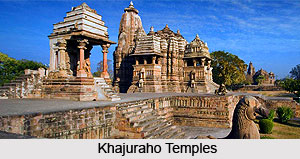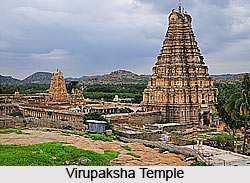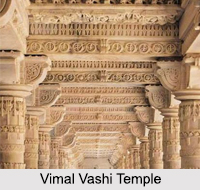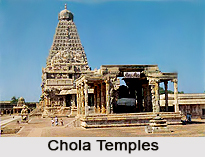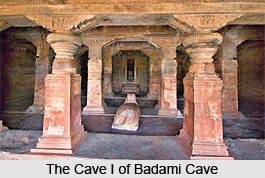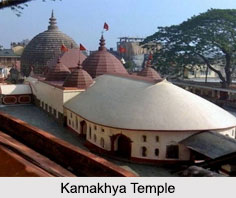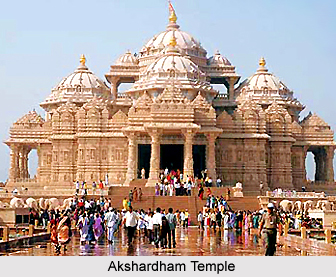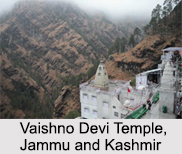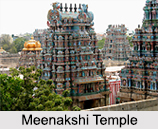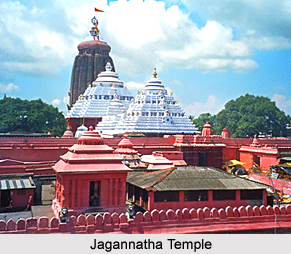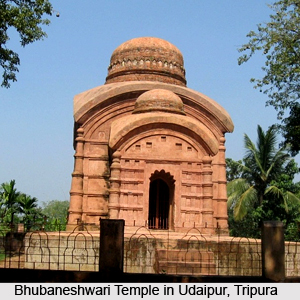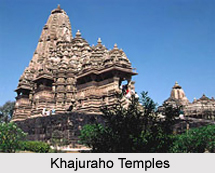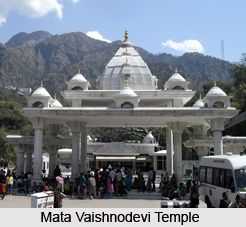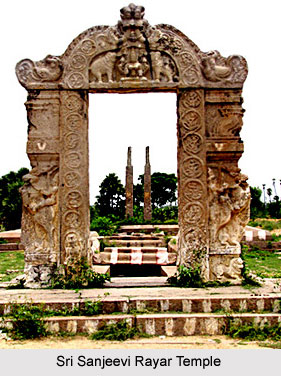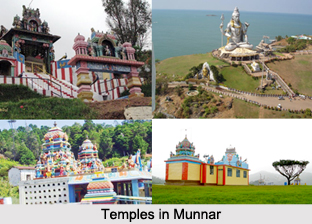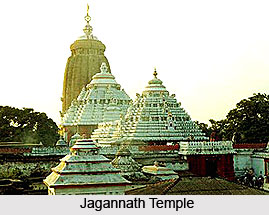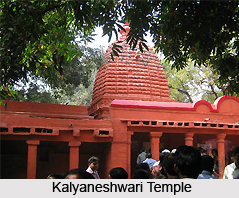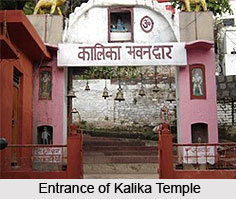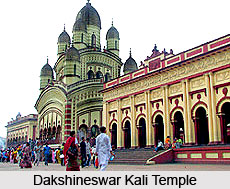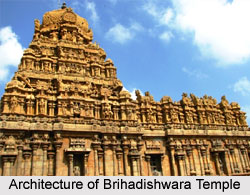 Sri Kodandaramasvami Temple is one of the trio Rama temples. The village of Ponvitainda Kalathur, which is bigger than Ponpadirkudam, is the abode of two significant shrines dedicated to Lord Rama. The Kodandaramasvami temple, which is the more ancient of the two, is situated in the agrahava called Parankushapuram. This temple, which faces east, enshrines another rare stone image or moolavar of Pattabhisheka incident of Lord Rama. Here Lord Rama is placed on the pedestal with his consort Devi Sita seated on His left lap. Unlike the Chaturbhuja Temple, here the deity of Lord Rama is seen with two hands. While His right hand is in the posture of abhaya hasta, His left hand holds Sita. Lakshmana stands next to Rama on a slightly lower pedestal in the posture anjali hasta with His bow resting against His left arm. As in the Ponpadirkudam temple, Hanuman stands in front of the deities facing them and is seen with a series of halo (called prabha according to the mythological treatise) around His head. The utsava murtis are a two-armed Rama with bow and arrow with Sita, Lakshmana and Hanuman.
Sri Kodandaramasvami Temple is one of the trio Rama temples. The village of Ponvitainda Kalathur, which is bigger than Ponpadirkudam, is the abode of two significant shrines dedicated to Lord Rama. The Kodandaramasvami temple, which is the more ancient of the two, is situated in the agrahava called Parankushapuram. This temple, which faces east, enshrines another rare stone image or moolavar of Pattabhisheka incident of Lord Rama. Here Lord Rama is placed on the pedestal with his consort Devi Sita seated on His left lap. Unlike the Chaturbhuja Temple, here the deity of Lord Rama is seen with two hands. While His right hand is in the posture of abhaya hasta, His left hand holds Sita. Lakshmana stands next to Rama on a slightly lower pedestal in the posture anjali hasta with His bow resting against His left arm. As in the Ponpadirkudam temple, Hanuman stands in front of the deities facing them and is seen with a series of halo (called prabha according to the mythological treatise) around His head. The utsava murtis are a two-armed Rama with bow and arrow with Sita, Lakshmana and Hanuman.
In the mandapa outside the principal sanctum is enshrined an image of Abhaya Venkata Varada with Sri Devi and Bhu Devi. The sankha and chakra are held in His (Abhaya Venkata) upper hands while His lower right hand is in the posture of abhaya hasta and left hand is in khati hasta with his hand resting on His waist. As the legendary story and other sources depict the image of Abhaya Venkata was not built after the sanctum was constructed. Rather it is the image was discovered when the foundations of this mandapa were being laid and as it was facing south at that time, it has been consecrated in this mandapa facing the same direction. A small shrine dedicated to Goddess Alamelumanga Thayar is also seen here as well as stone and bronze icons of other important gods like Vishvaksena, Nammazhvar, Ramanuja, Vedanta Desika and Srimad Adi Van Sathakopa Yatindra Maha Desikan, the first pontiff of the Ahobila Mutt.
The temple of Sri Kodandaramasvami was in a very dilapidated state after some years of its construction as the stories and the inscriptions depict. The third Jiyar of the Ahobila Mutt, Sri Parankusa Yatindra Maha Desikan conducted the restoration and reconstruction of this temple. Hence the present structure of the temple is a reconstructed one. The sixth pontiff of this Mutt, Sri Shashtha Parankusa Yatindra Maha Desikan established this agrahara called Parankusapuram. All the festivals in this temple are conducted according to the tradition of the Ahobila Mutt.
